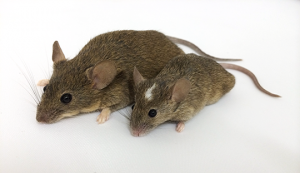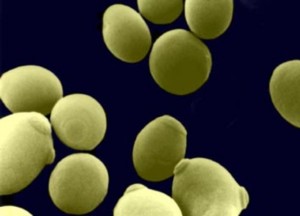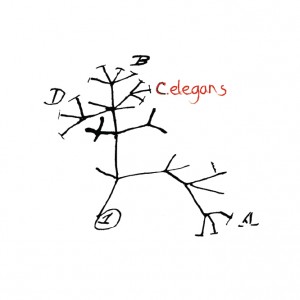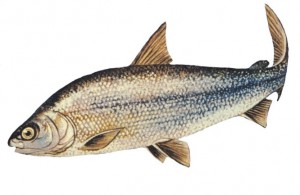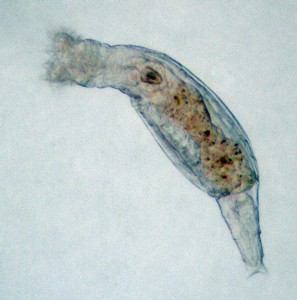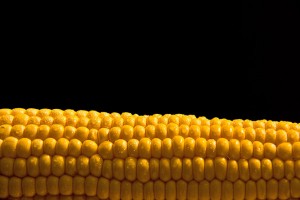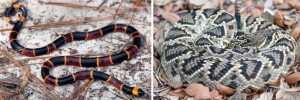Enter your address to receive notifications about new posts to your email.
Articles tagged Evolution
(105 results)
-
Rodents of unusual size: Genetic complexity underlies evolution of body size in island mice
Genetic analysis of an island population of mice reveals that 19 quantitative trait loci are responsible for their impressive size. Island populations of animals, isolated from their mainland relatives, have given us insight into evolution from the very birth of the field. In fact, studying finches on the Galápagos Islands helped Charles Darwin establish…
-
Sex with Benefits: Candida albicans and the Selective Advantage of Mating
A vast number of species depend on sexual reproduction for survival. Sex facilitates adaptation and rids populations of deleterious mutations. Despite the benefits of this process, sex can be remarkably costly and disrupt already advantageous genetic combinations. Only 20% of fungal species have been observed to reproduce sexually, and a long-standing mystery for researchers is…
-
The new genomic world of wild worms
Mark Blaxter (Institute of Evolutionary Biology, University of Edinburgh) reports on the “Caenorhabditis Genomes Project” workshop at GSA’s recent 20th International C. elegans Meeting. Caenorhabditis elegans, affectionately referred to as “the worm,” is one of the prettiest and most informative of the model organisms. It is see-through, has a simple lifecycle and a remarkably simple anatomy,…
-
Multiple Paths to the Same Result: Parallel Evolution in Lake Whitefish
For Lake Whitefish, history has repeated itself. Across the St. John River region that spans Québec and Maine, these freshwater fish have continually evolved in the same way. Within the many individual lakes in this area, Lake Whitefish have diverged into two groups differentiated by size and body shape. These two groups, known as “dwarf”…
-
The Secret Sex Lives of the Bdelloid Rotifers
Bdelloid rotifers have been veiled in mystery for decades. Despite extensive studies of this class of tiny freshwater invertebrates, no one has observed any trace of sex: no proven males, hermaphrodites, mating, or meiosis. Unlike other asexual organisms, which tend to be short-lived in evolutionary history, the apparently asexual bdelloid rotifers have managed to persist…
-
The mutation that unlocked corn kernels
If not for a single-nucleotide mutation, each kernel on a juicy corn cob would be trapped inside an inedible casing as tough as a walnut shell. In the July issue of GENETICS, Wang et al. identify an amino acid substitution that was key to the development of the so-called “naked” kernels that characterize modern corn…
-
G3 Meeting Report: Experimental Approaches to Evolution and Ecology Using Yeast and Other Model Systems
Directly observing evolution in nature is often impossible. But biologists who use experimental systems to study these processes have the luxury of observing the fine details directly, controlling the conditions, and even replicating the results. In the age of genomics, experimental approaches to ecology and evolution have become particularly powerful for genetic model systems, including…
-
The molecules behind mimicry
The vibrant passion-vine butterfly species Heliconius erato doesn’t taste as good as it looks. The flesh of this South and Central American species accumulates toxic compounds to discourage would-be predators, who quickly learn to associate the butterflies’ unpleasant taste with their bold red warning colors and patterns. But H. erato isn’t the only species that…
-
Undergrads power genomics research
With 1014 authors, an article by Leung et al. in the May issue of G3 has the largest author list of any paper published in the journal. More than 900 of those authors were undergraduate students when they performed the research. Over several years, students at 63 higher education institutions across the US conducted an…
-
Forest forecasts
In 2009, after five years parching under the arid blue skies of Calcena in northeastern Spain, dozens of neat rows of maritime pine seedlings had grown unevenly. Some of the seedlings had died years ago, some were stunted but hanging on, while others grew tall and green. The trees were not in their native soil.…
-
Vexed: why doesn’t eastern coral snake venom vary?
When an eastern diamondback rattlesnake bites its prey, it injects a cocktail of toxic proteins and peptides that attack on multiple fronts. These toxins destroy blood vessels, block the blood clotting cascade, cause necrosis, and inflict crippling pain. But the precise recipe for this noxious mix is generally thought to depend on where the snake…

